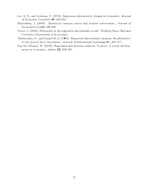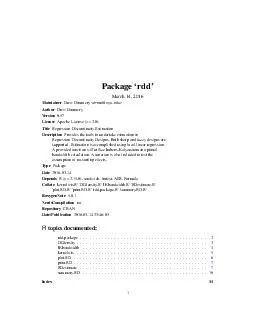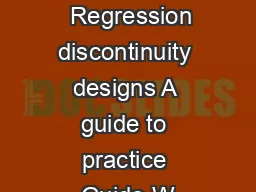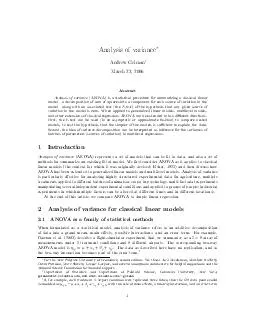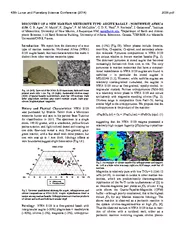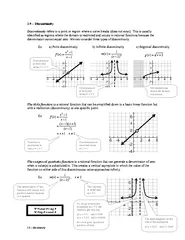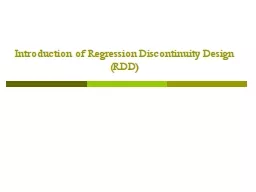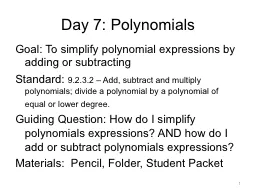PDF-Why HighOrder Polynomials Should Not be Used in Regression Discontinuity Designs Andrew
Author : trish-goza | Published Date : 2014-12-21
We argue that estimators for causal e64256ects based on such methods can be misleading and we recommend researchers do not use them and instead use estimators based
Presentation Embed Code
Download Presentation
Download Presentation The PPT/PDF document "Why HighOrder Polynomials Should Not be ..." is the property of its rightful owner. Permission is granted to download and print the materials on this website for personal, non-commercial use only, and to display it on your personal computer provided you do not modify the materials and that you retain all copyright notices contained in the materials. By downloading content from our website, you accept the terms of this agreement.
Why HighOrder Polynomials Should Not be Used in Regression Discontinuity Designs Andrew: Transcript
Download Rules Of Document
"Why HighOrder Polynomials Should Not be Used in Regression Discontinuity Designs Andrew"The content belongs to its owner. You may download and print it for personal use, without modification, and keep all copyright notices. By downloading, you agree to these terms.
Related Documents

